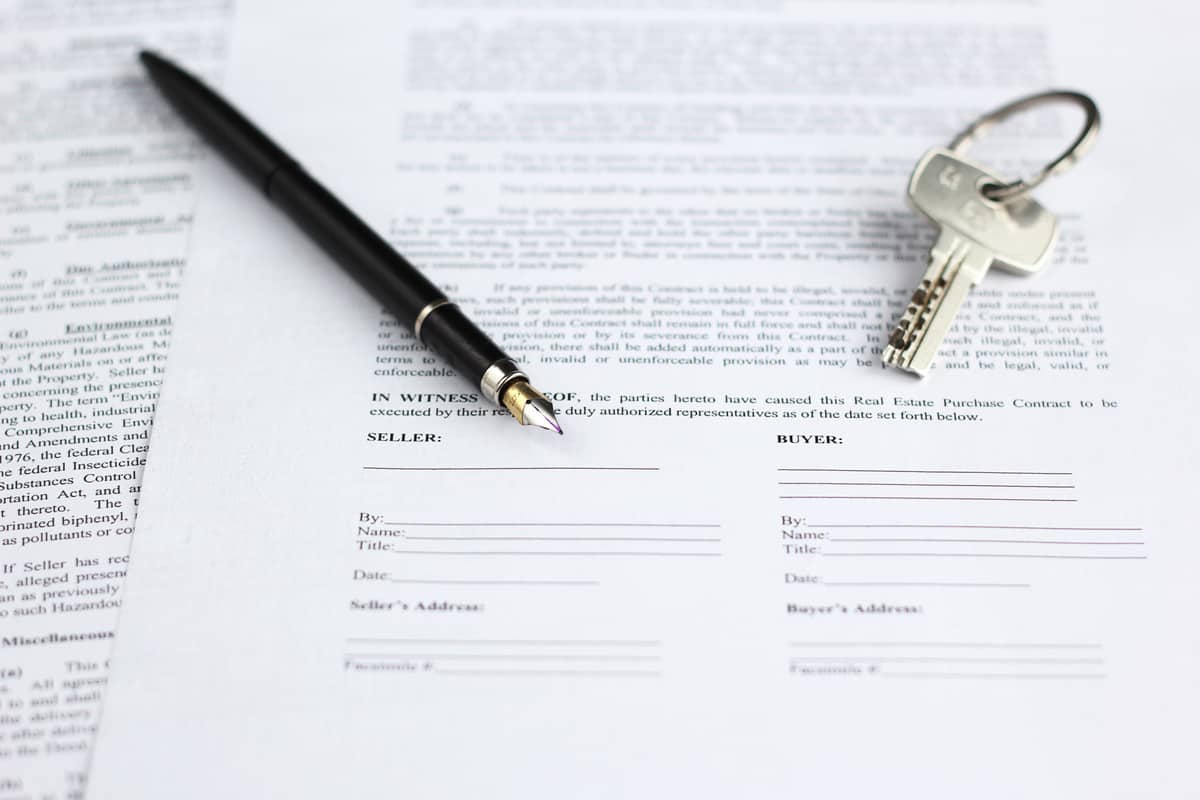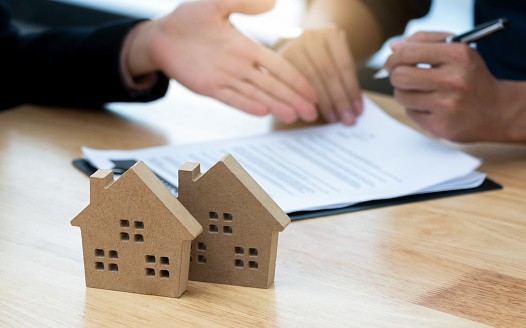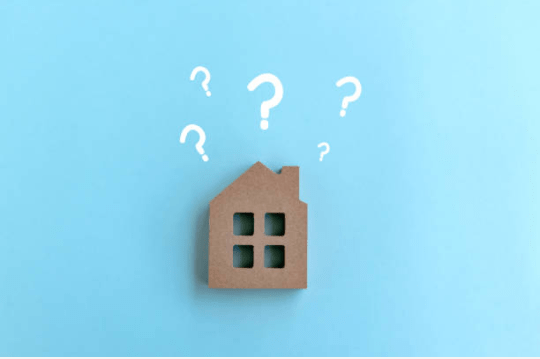With mortgage rates at extremely low levels, the desire to refinance has never been stronger.
If you’re thinking of refinancing your home, is a no closing cost refinance the right option for you?
Read on to learn more about this type of financing and the pros and cons of choosing a refinancing with no closing costs.
Can I Refinance My Mortgage With No Closing Costs?
It’s always been known that there are closing costs associated with a refinance, even if you already own your home. These closings costs will vary and are lower than an original mortgage’s costs, but they’re still into the thousands of dollars in some cases.
A no closing cost refinances loan means that you can refinance your current loan without having to pay any money out of pocket. The cost to refinance includes things like a new appraisal, a title search, and recording fees.
With a no closing cost mortgage refinance, the closing costs are packaged into the loan in various ways. Yes, it’s possible to get one of these loans, but it’s important to understand the terms.
For many lenders, a higher interest rate is associated with a no closing cost refinance. This allows the lender to recoup the closing costs over time in the form of a high rate. You’ll still receive a lower rate than what you’re currently paying, but it might not be as low as a refinance that requires you to pay the closing costs now.
Another option might be to roll the closings costs into your new principal balance. You won’t need to pay any money upfront, however, your monthly mortgage payments will be higher than if you were to pay closing costs right away. Still, both of these options can be beneficial if you’re still saving money every month.
Whichever option you choose, keep in mind that the bank will recoup the costs to close in one form or another. If you’re planning to stay in your home for around five years or more, this option is still a viable one. However, if you’re planning to sell or move within the next few years, it could be a better solution since you won’t be paying the extra costs for too long.
If you are currently living in your “forever home,” it could be smarter to go ahead and pay your closing costs now. However, for homeowners who plan to relocate soon, factoring in the costs to close into their monthly payments won’t have as much of an impact over the long term.
How To Refinance A Mortgage With No Closing Costs
If you’ve only lived in your home for a short while, this type of refinancing might not be available. Most lenders want applicants to have a fair amount of equity built up before they attempt to refinance, whether it’s with or without closing costs.
If your credit is good and you have a steady income, talk to a few lenders about the various refinancing programs available. Not all lenders offer this form of refinancing, so do your homework before you apply.
As long as you have a healthy credit history and a stable income, a no closing cost refinance loan is possible. There are some limits on the current loan-to-value of your home, so it’s important to find out what those are before you pursue this option.
If you think you qualify, it’s best to crunch the numbers to determine if applying for a no closing cost mortgage is the best plan of action. Saving money over the life of the loan is a smart financial move but if saving money every month is more important, you might want to consider a different refi plan.
Another smart way to save on the cost of your home is to refinance from a 30-year mortgage to a 15 or 20-year mortgage. You might pay more money in mortgage costs each month, but you’ll pay your home off faster.
One way to prevent paying more in interest on your refinance is to save your money for closing costs before you apply. Put money into a high-yield savings account to help your fund grow faster. This will ensure that you can pay for the cost to close in advance, resulting in a lower rate and lower monthly payments for the life of the new loan.
What Banks Offer A No Closing Cost Refinance?
Not all lenders offer a no closing cost refinance, but there are several banks across the United States that do. Talk to several lenders to find out what refinancing programs they have available. You can also ask your local credit union and smaller lending institutions in your area.
Some major lenders that offer this type of refi include U.S. Bank, Bank of America, and Quicken Loans. All banks have different guidelines, so it’s recommended that you talk to a loan officer who can look at your profile and provide advice on how to proceed.
All banks follow the same basic procedures when you’re ready to refinance. First, you will need to apply either in-person, online, or by phone to start the process.
Once the lender reviews your application, they will ask you to provide additional documentation for underwriting. Think of a refinance as starting over when it comes to the approval process. The bank will usually need your income verification, proof of insurance, and your new credit score.
After the refinancing process begins, the lender will order an appraisal. The appraiser will look at the current value of your property to determine if you’re eligible to refinance. This information largely depends on your local housing market and the most recent sales of other homes near you.
If your appraisal passes muster, the bank will contact you to schedule a loan closing. You will receive new paperwork explaining the updated terms of your loan. The loan disclosure should break down all of the costs associated with the refinancing and show where the closing costs are factored into your new rate or payment.
At closing, you will sign new documents to get the refinance loan. After the loan funds, you’ll start making new payments based on the refinancing terms.
The Pros And Cons Of A No Closing Cost Refinance
As with any type of loan, there are some benefits as well as a few drawbacks. Consider all of the pros and cons carefully before you decide whether or not you want to proceed with a no closing cost refinance for your mortgage.
Pros
Here are some of the benefits of choosing a no closing cost refi:
- You won’t need to pay thousands of dollars out of pocket in order to close your new loan
- You’ll still receive a lower interest rate than what you are paying now
- Most lenders will allow you to buy “points” that can help you get a lower rate
- You can refinance into a shorter loan, like a 15 or 20-year to pay off your principal faster
- If you have an adjustable-rate mortgage, you can refinance into a standard loan with a fixed rate, which means your monthly payments are more predictable and easier to manage
Cons
Here are a few drawbacks to choosing a zero closing cost to refinance for your mortgage:
- Your monthly costs will be higher than if you were to refinance the loan and pay the closing costs upfront
- You’ll need to have another appraisal done on your home
- If you’re planning to stay in your home for a long time, you will pay more over the life of the loan
- To get a better rate, you’ll need to pay fees to buy points in order to keep your monthly payments low
- Applying to refinance will result in a “hard pull” of your credit, which will bring your score down temporarily
These are just some of the pros and cons of refinancing your mortgage without closing costs. Talk to a mortgage broker or lender who can help you determine if this is the right choice for you.
Refinancing Without Closing Costs Is Possible
As you can see, it’s possible to get a no closing cost to refinance, however, there are a few drawbacks to keep in mind. Think about how long you plan to stay in your home to help you determine if this option is the best one for your bottom line.



